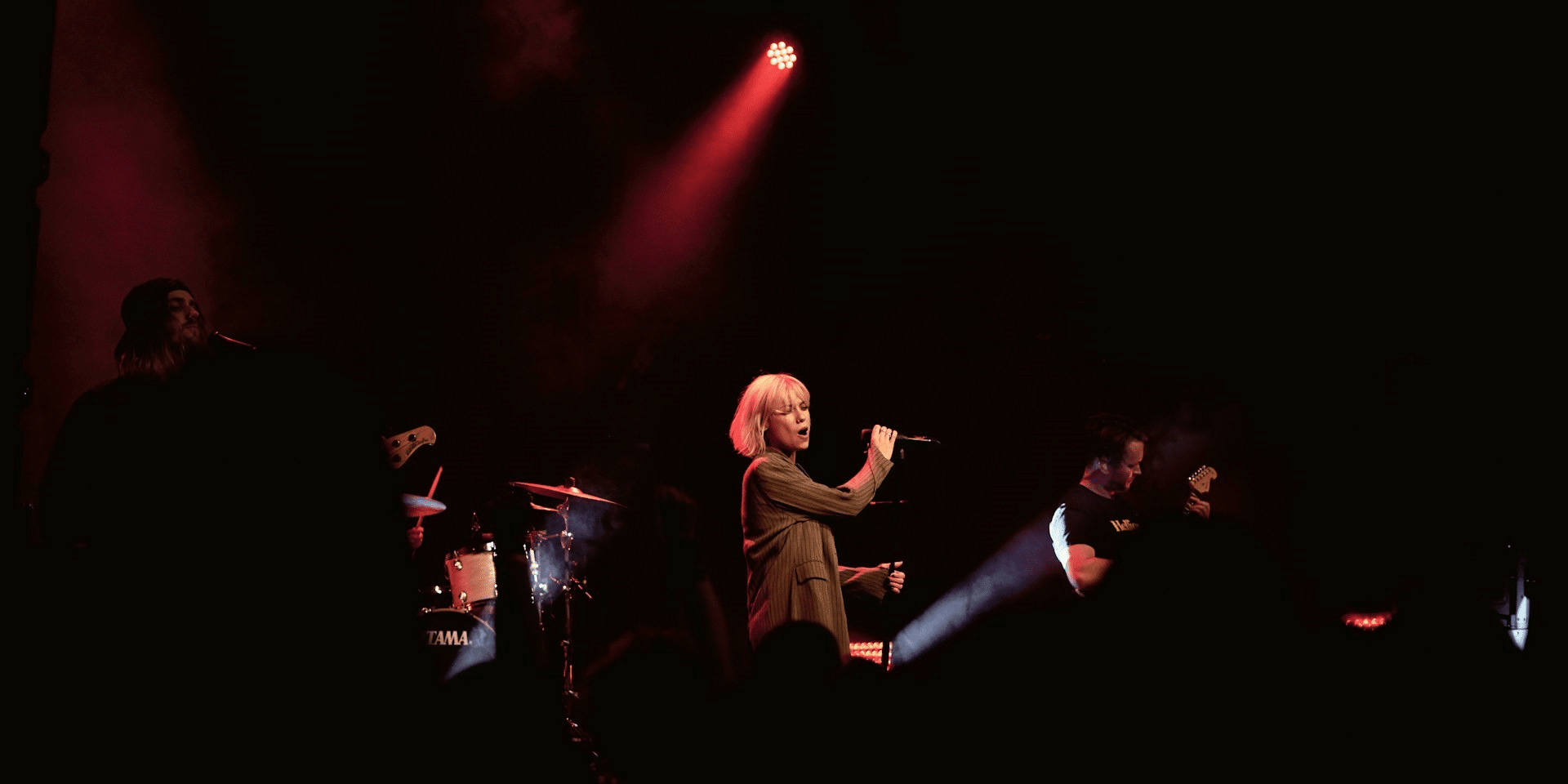In a world dominated by digital streaming platforms, where music is instantly accessible at the touch of a button, it may come as a surprise that physical music formats like vinyl records and cassettes are experiencing a resurgence. This revival is not just a fleeting trend but a significant movement that reflects a deeper desire for authenticity and tangible connections in how we experience music. This article explores the reasons behind the revival of physical music formats, their impact on the music industry, and what this means for the future of music consumption.
The Rise of Vinyl Records and Cassettes
The Appeal of Tangibility and Nostalgia
One of the primary drivers behind the revival of physical music formats is the tactile and nostalgic experience they offer. Vinyl records, with their large album covers and liner notes, provide a sensory experience that digital music cannot replicate. For many music lovers, the act of browsing through records, carefully placing them on a turntable, and listening to an album from start to finish is a ritual that adds depth and meaning to their music experience.
Cassettes, too, have made a surprising comeback. Despite their inferior audio quality compared to modern digital formats, cassettes evoke a sense of nostalgia for those who grew up in the 1980s and 1990s. The portability of cassettes, along with the tactile pleasure of manually rewinding and fast-forwarding, appeals to a generation longing for the simplicity of the past.
Collectibility and Exclusivity
Another factor contributing to the resurgence of physical music formats is their collectibility. Limited edition vinyl releases, colored records, and special box sets have become highly sought after by collectors. Owning a physical copy of an album, especially a rare or exclusive edition, offers a sense of ownership and connection that digital files simply cannot provide.
Artists and record labels have tapped into this demand by releasing exclusive content on physical formats, further driving interest. For example, Record Store Day, an annual event celebrating independent record stores, has become a major catalyst for the vinyl revival, with artists releasing special editions available only in participating stores.
The Impact on the Music Industry
A New Revenue Stream
The revival of physical music formats has provided a much-needed boost to the music industry, which has faced challenges in generating revenue in the digital age. While streaming services dominate the market, the profit margins for artists and labels are relatively small compared to physical sales. Vinyl records and cassettes offer a higher profit margin per unit, making them an attractive option for artists looking to diversify their revenue streams.
Supporting Independent Artists and Record Stores
The resurgence of physical formats has also had a positive impact on independent artists and record stores. For many independent musicians, selling physical copies of their music at live shows or through their websites provides a direct source of income. Independent record stores, which have struggled to compete with digital platforms and big-box retailers, have found a new lease on life as the demand for vinyl and cassettes grows.
This revival has fostered a renewed sense of community among music enthusiasts. Record stores have become gathering places for like-minded individuals to share their love of music, discover new artists, and support local businesses. This sense of community and connection is something that digital platforms cannot replicate.
The Role of Nostalgia in Marketing
The music industry has effectively leveraged nostalgia to market physical formats. By tapping into the emotional connections that people have with the music and formats of their youth, record labels and artists have successfully reignited interest in vinyl and cassettes. The use of retro aesthetics in album art, packaging, and promotional materials has further enhanced the appeal of these formats.
The Future of Physical Music Formats
Sustainability and Longevity
While the revival of physical music formats is significant, it raises questions about sustainability and longevity. Vinyl production is resource-intensive, and cassettes are made from plastic, which poses environmental concerns. As consumers become more environmentally conscious, the music industry may need to explore more sustainable production methods or alternative physical formats that minimize environmental impact.
The Coexistence of Digital and Physical Formats
The future of music consumption is likely to involve a coexistence of digital and physical formats. Streaming services will continue to dominate due to their convenience and accessibility, but physical formats will remain relevant for those who value the tangible and emotional aspects of music. The challenge for the music industry will be to balance the benefits of digital accessibility with the desire for physical connection.
Innovations in Physical Formats
As the demand for physical music formats grows, we may see innovations that merge the benefits of digital and physical experiences. For example, vinyl records with embedded NFC chips that link to digital content or cassettes with QR codes for streaming may become more common. These innovations could offer a hybrid approach, providing the tactile experience of physical formats while also embracing the convenience of digital technology.
The revival of physical music formats is more than just a trend; it is a reflection of a deeper yearning for authenticity, nostalgia, and tangible connections in an increasingly digital world. Vinyl records and cassettes have made a significant comeback, offering a sensory experience that digital music cannot replicate. This resurgence has had a positive impact on the music industry, providing new revenue streams and supporting independent artists and record stores.
As we look to the future, the challenge will be to sustain this revival while addressing environmental concerns and embracing technological innovations. The coexistence of digital and physical formats will likely shape the future of music consumption, offering the best of both worlds to music lovers around the globe.
















